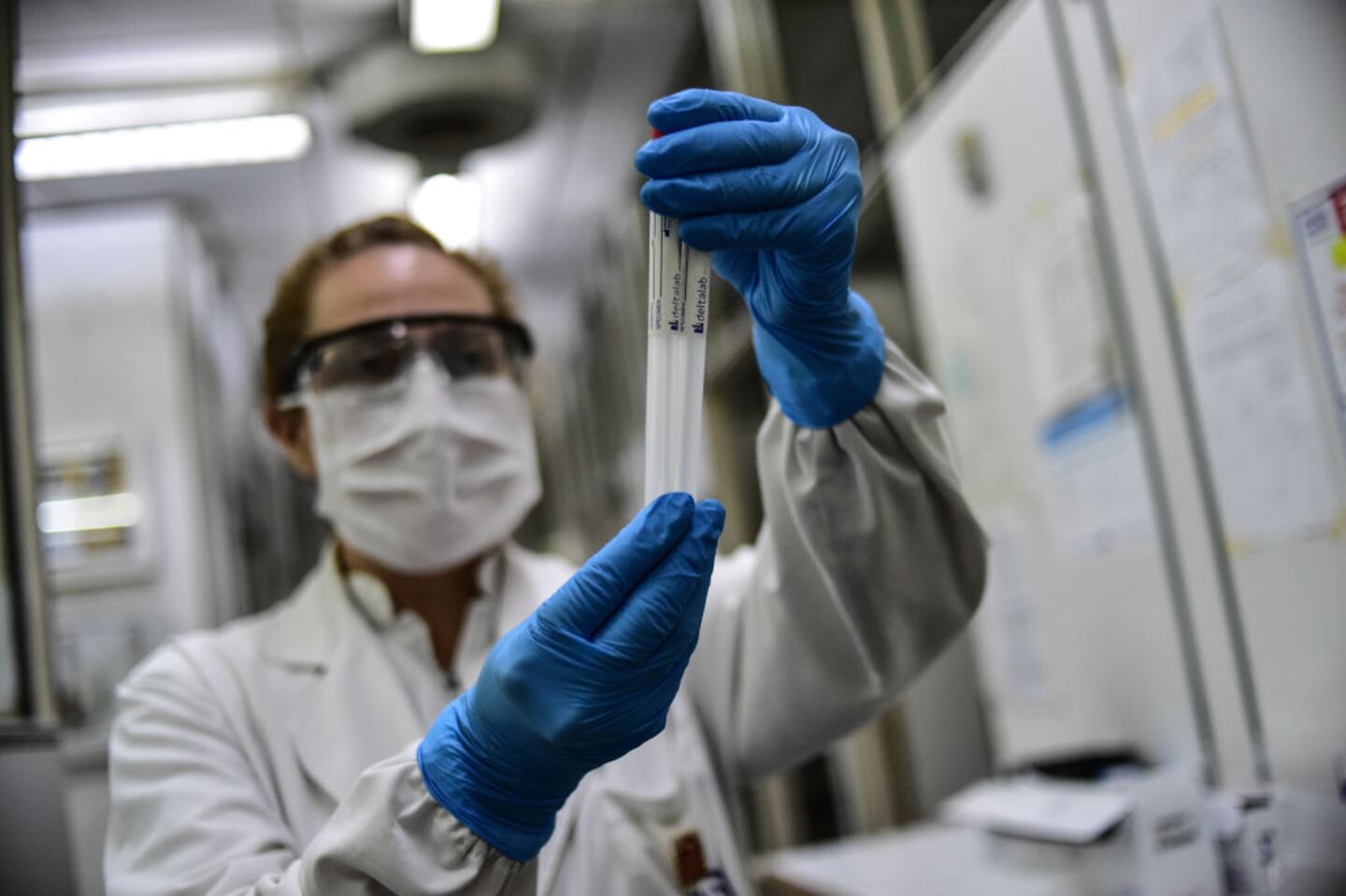While scientists first believed the COVID-19 virus was one that attacked only the respiratory system, they have come to find out that the new coronavirus is not a one-note disease.
COVID-19, researchers have found, also attacks the heart, the kidneys and the nervous system. In children, doctors are seeing inflammatory syndromes that lead to organ damage, and, in some cases, death.
People who are otherwise asymptomatic are suffering strokes caused by blood clots the virus creates.
“We don’t know why there are so many disease presentations,” Angela Rasmussen, a virologist at the Center for Infection and Immunity at Columbia University’s Mailman School of Public Health, told The Washington Post.
With some 4 million people infected worldwide and 280,000 dead from the virus, instead of seeing a mostly consistent set of symptoms, doctors seem to be seeing new symptoms in those diagnosed with the virus.
“Bottom line, this is just so new that there’s a lot we don’t know,” Rasmussen told the Post.
The virus can target the heart and blood vessels, but how it does it is a mystery to researchers. One study reported in the Journal of the American Medical Association that 20% of those in a Wuhan, China, study who were diagnosed with COVID-19 had damage to their heart muscle from the virus.
“This is a virus that literally did not exist in humans six months ago,” Geoffrey Barnes, an assistant professor at the University of Michigan who works in cardiovascular medicine, told the Post. “We had to rapidly learn how this virus impacts the human body and identify ways to treat it literally in a time scale of weeks. With many other diseases, we have had decades.”
A Dutch study reported that doctors were seeing that the blood of some patients with COVID-19 filled with clots, something doctors around the world have begun to report, according to Science Magazine.
What have we learned about the virus that we didn’t know before? Here are a few things, plus what we know about how the virus works in the human body.
What we know now about the COVID-19 virus:
Here are some of the things researchers and doctors know about the virus they didn’t know before:
- It doesn’t just affect the lungs.
- It can cause blood clots.
- It can attack children, causing an inflammatory response that can be deadly.
- It can spread before people show symptoms of the disease.
- It can cause a drop in oxygen levels that should have left patients unconscious, yet they are still walking and talking.
- The inflammation can cause skin rashes.
- It attacks blood vessels.
How do viruses work?
COVID-19, like all viruses, infects the body by entering healthy cells. Once there, the virus replicates -- makes copies of itself -- and multiplies throughout your body.
How does COVID-19 move through your body?
A person is infected with the new coronavirus when he or she comes into contact with droplets from the coughs or sneezes of a person who already has the COVID-19 virus.
Within two to 14 days, a person who has been exposed to the virus will begin to develop symptoms.
Once you have contracted the virus, it begins to move down moves down your respiratory tract. The lower portion of your lungs has the types of receptors on cells that allow the virus to more easily invade and thus begin to grow. Those receptors are called ACE2 receptors.
Once it gains a foothold in your lungs, the virus appears to be able to cause problems throughout the body.
In some, it is only the lungs that are initially involved. In others, it’s a stomach issue. Some people lose their sense of taste and smell. Others have developed blood clots, some of which have been fatal.
What are the symptoms we know about?
At first, fever, shortness of breath and dry cough were thought to be the symptoms of the virus. But as time has gone on, other symptoms began to become common among those infected.
Those symptoms include:
- A sore throat.
- Body aches.
- Chills, sometimes with shaking.
- Conjunctivitis (pinkeye).
- Dry cough.
- Fatigue.
- Fever.
- Headache.
- Loss of smell and taste (anosmia).
- Shortness of breath.
- Vomiting and diarrhea in some people.
Other symptoms that are more complex and doctors have begun to tie to the virus include:
- Inflamed alveoli (air sacs).
- Strokes from blood clots.
- Pulmonary embolism (blood clots in the lungs).
- Damage to the lining of blood vessels.
- Damage to the heart muscle.
- Damage to structures in the kidneys.
- “COVID toes,” or fingers, a purple rash from the attack on blood vessels.
- An overactive immune response that attacks healthy tissue.
- An inflammatory syndrome in children with symptoms including a fever, a rash, belly pain, vomiting and diarrhea.
Why do some get sick and some don’t?
That is a mystery to many scientists. Some researchers believe genes play a role in who gets a more severe form of the virus.
The vast majority of people – probably about 80% – either have mild cases with only a cough and slight fever, or they have no symptoms at all.
For some, however, the virus attacks causing a severe infection. For those people shortness of breath begins five to eight days after symptoms begin. A few days after that, acute respiratory distress syndrome begins. ARDS damages blood vessels and lung tissue allowing fluid to collect in the lungs. ARDS often leads to the patient being placed on a ventilator, a machine that helps a person breathe.
ARDS leads to less oxygen being processed to the blood, and that leads to damage in other organs.





